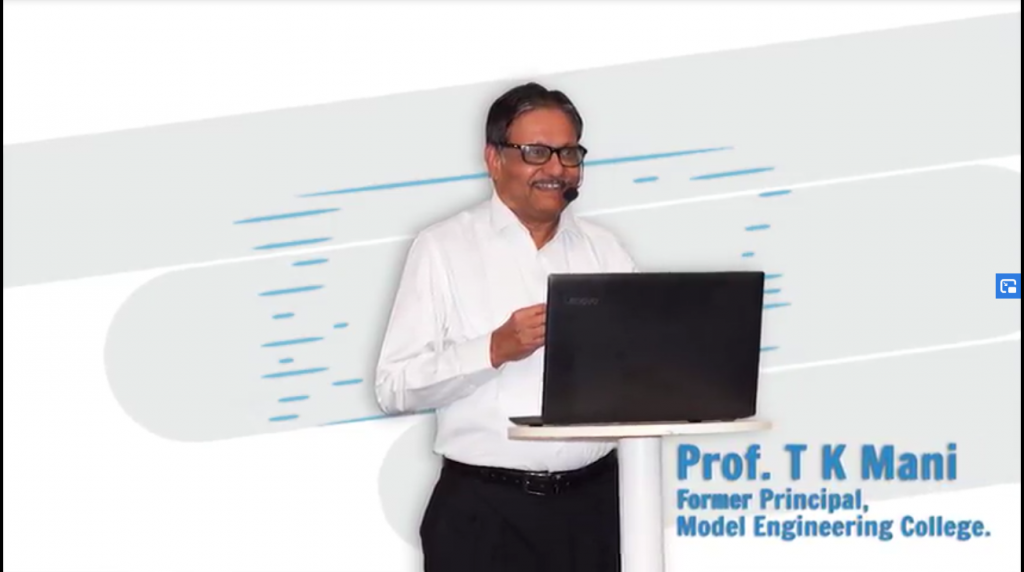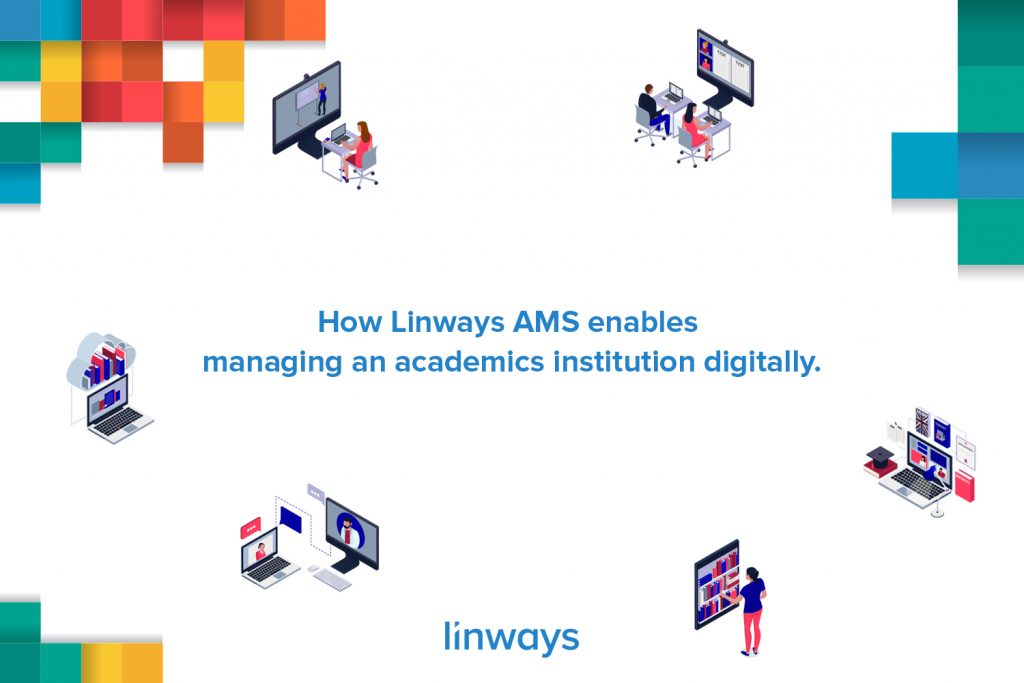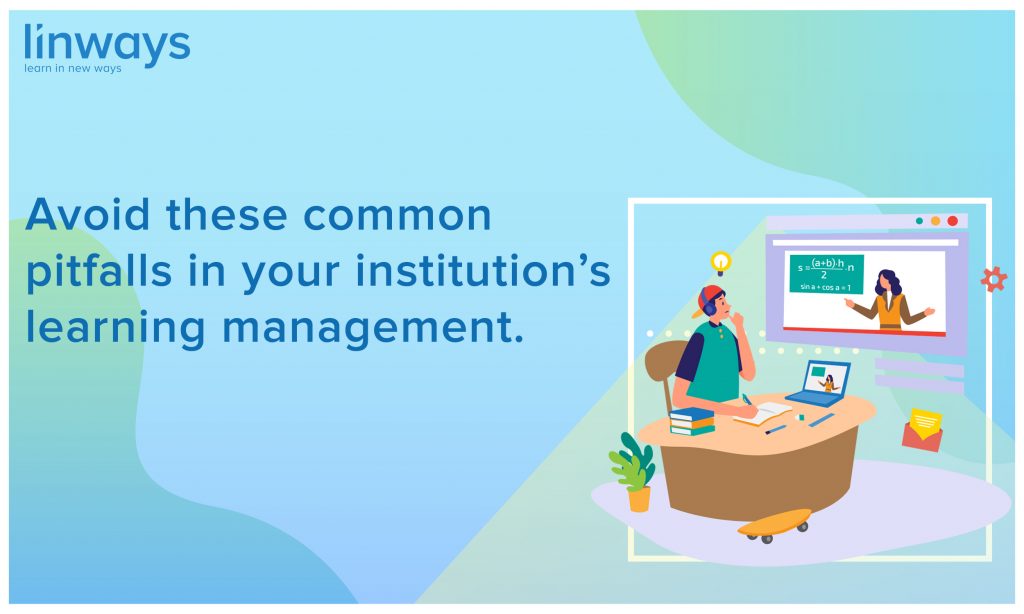During the Discuss Education BarCamp hosted by Linways Technologies in February, Dr. T K Mani, Former Principal of Model Engineering College, spoke about the importance of Project Based Learning and its implementation in higher education. There were a lot of interesting conversations about PBL across the academicians who had gathered for the BarCamp, and here’s a few notable insights that we learned from that session.
We have also attached the video of that session, along with the presentation by Dr. T K Mani about the topic.
Before we begin, for those of you who aren’t quite sure as to what PBL means, Project based learning is a teaching method in which the students learn by actively engaging in real-world and personally meaningful projects. In Project Based Learning, teachers make learning come alive for students.
The session was the first of six at the BarCamp, and Dr. T K mani, being one of the most respected across his field, started off with a small introduction on the topic. He opened with a definition of the PBL and mentioned that “Project based learning is a subset of problem based learning.”
Next up was a short explainer on Bloom’s Taxonomy. However, as he pointed out, only the first two levels of the bloom’s taxonomy pyramid is met during the conventional classroom instruction.
Dr. T K Mani then explained about the reforms that the teachers, as a community, and the education system as a whole should undergo to make the necessary changes for improving the way we teach and learn. The traditional teaching-learning methods are part of a passive learning approach, whereas the goal must be to implement an active learning model where the students are both equipped to apply and create with the knowledge that they have acquired.
PBL is an active learning where the teacher is more like a facilitator and the students are self-driven to acquire knowledge.
What is PBL?
Problems are used as the stimulus and focus for student activity
PBL courses start with the problems rather than with exposition of knowledge
Students acquire knowledge and skills through a staged sequence of problems presented in context
He then moved on to talk about the implementation of project based learning which requires a conscious effort from the teacher.
How does PBL Work?
Following a period of individual study (2 – 3 days), the group reconvenes
They will discuss what they have learned, and apply the new learning back to the original problem
Supporting activities (labs, lectures) are timetabled as ‘Fixed Resource Sessions’ during the periods of individual study.
The PBL spiral, as shown in the slides is a more comprehensible version where the students learn while solving real-life problems.
PBL Advantages
Active learning – occurs in context
Integrated, holistic approach
Leads to deep learning; long-term recall
Promotes development of key skills
Fosters the learning ethic
Solid foundation for Lifelong Learning
He was careful to provide a whole 360 degree perspective as to understand what PBL meant. He also spoke about the issues of PBL.
The issues of PBL
What to teach in PBL?
When to teach PBL?
Methods of Assessment
Staff Training
He then pivoted to the importance of acquiring 21st century skills. He also pointed out that the teacher, though merely a facilitator, also plays the role of an active listener, and be there to support the learner whenever he/she is stuck.
Though there was more to be said about PBL, he concluded and moved on to discuss PBL with the academicians who’ve gathered.
Discussion on Dr. T K Mani’s presentation
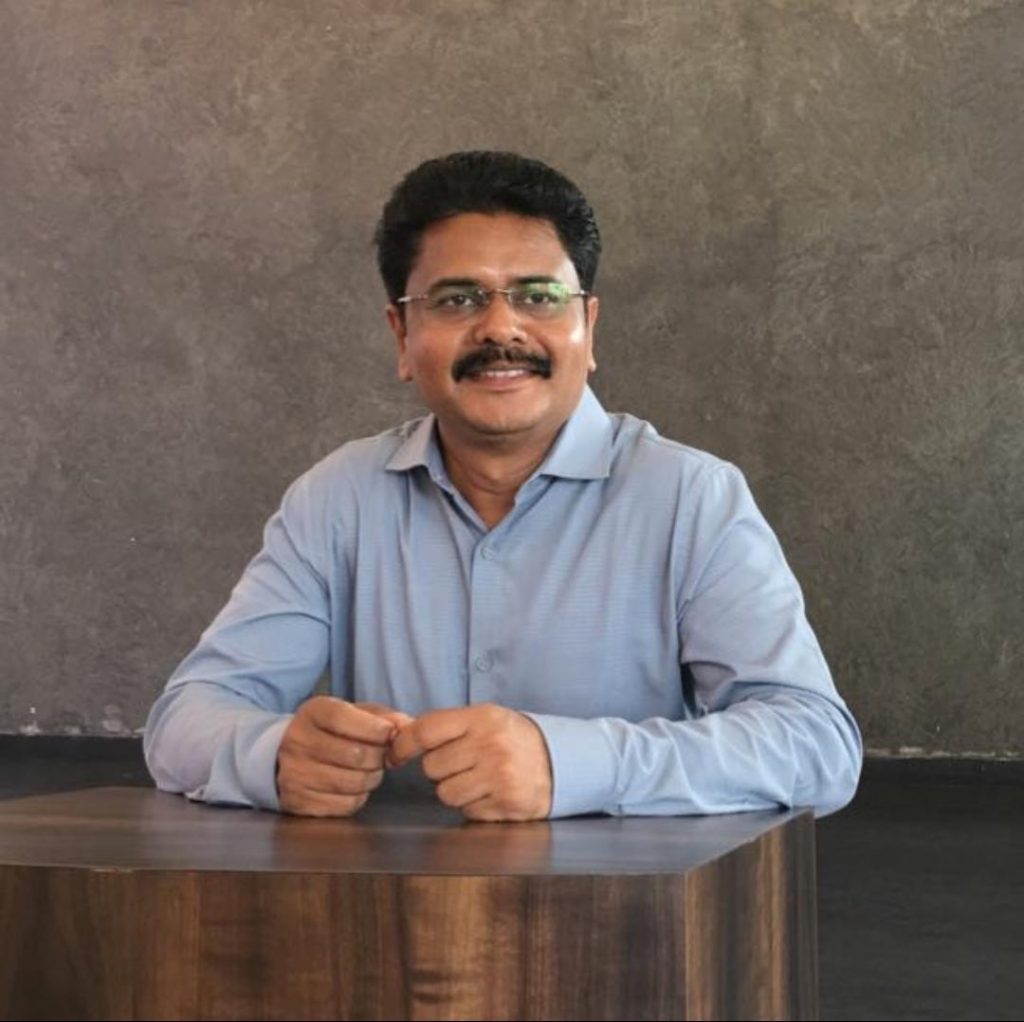
It was Dr. Sadiq A who started with an interesting question. He asked about any possibilities where we could blend the PBL with the curriculum so that the active learning happens throughout the learning process, instead of just meddling with it during the mandatory project once during the end of the course.
He also pointed out that though there are basic skills imparted for understanding and remembering knowledge, could there be any methods to cultivate the skills required for the higher levels of the Bloom’s Taxonomy pyramid.
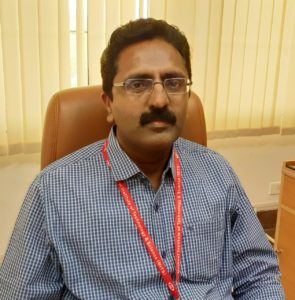
Dr. Neelakantan P C spoke next about his take on the topic. He pointed out the necessity of teachers being experimental and innovative, in order for the improvement to occur.
He shared some insights into the idea of fractal academics, which has been practised in IIT hyderabad, where they teach a bit of everything during the first year of higher education through PBL.
Dr. Fatima then carried the discussion to a more curious spot. Most of our teaching-learning is focused on a question-paper/exam. What if we make a fundamental shift, from this exam-based learning to the active learning process which Dr. T K Mani spoke about?
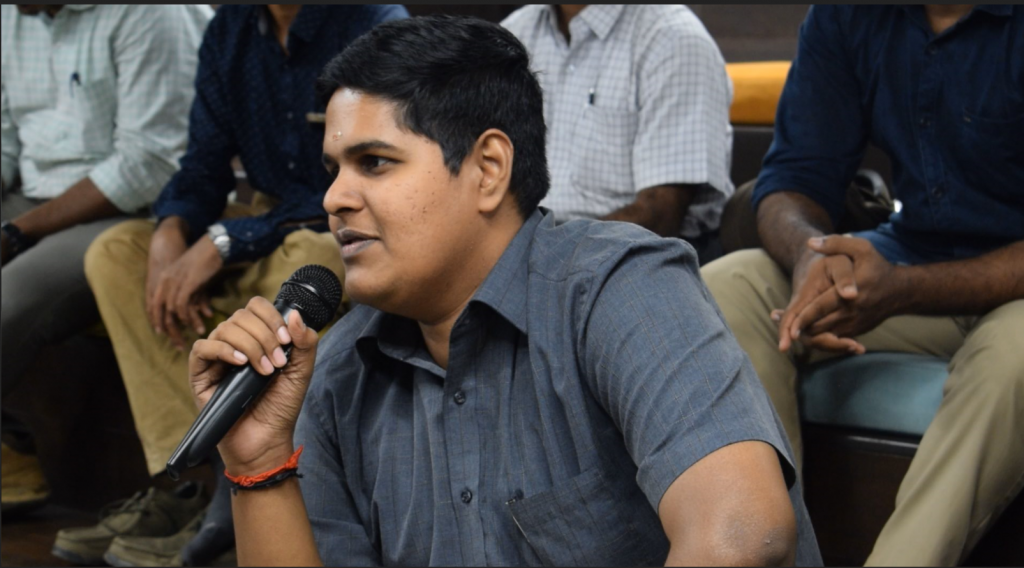
Prof. Mahalingam then came forward to share some interesting insights into a PBL model which he tried out amongst his students.
It’s obvious that not every set of skills and every bit of knowledge can be analyzed using exams. It was both promising and efficient, to make the students participate in quizzes and analyze their results. An active takes place when they participate.
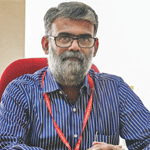
Dr. Ramkumar joined via video call to share his insights too. He stressed the importance of a grassroot level disruption that should happen in the classroom in the context of a shifting world.
There is nothing in the curriculum that prevents a faculty from trying out PBL in the classroom. So with overwhelming evidence and assertions from such accomplished academicians, we were able to learn more about how crucial it is to implement and try out active learning methods like the PBL in the classroom.
We have attached the presentation Dr. T K Mani used below, along with the video of the session. Check it out for a more detailed understanding of the PBL.
https://drive.google.com/file/d/1j_0p6g57prqFYCFKKtdR8pkPRkhtN7HK/view?usp=sharing
Also published on Medium.


